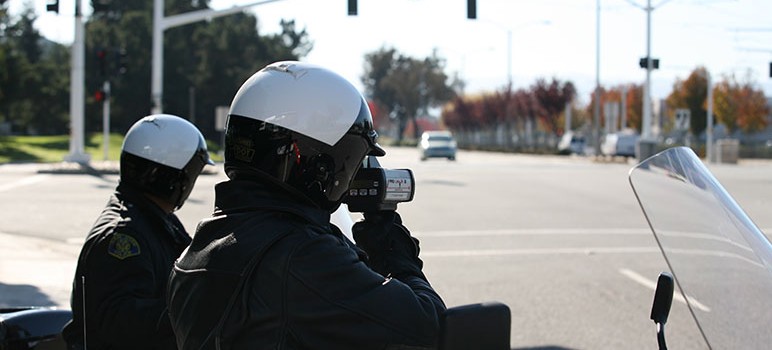A councilman’s plan to change the way San Jose funds it police department comes back to the Rules and Open Government Committee this week.
Pierluigi Oliverio proposes amending the city charter so that 40 percent of the general fund budget—instead of 30 percent—goes to the San Jose Police Department. He’s asking the committee to bring the plan before the City Council.
Oliverio’s is the latest in a line of proposals from mayoral candidates to beef up public safety, which has taken a hit over the past several years after budget cuts and layoffs. Councilmember Madison Nguyen suggested restoring the burglary unit. Councilmember Xavier Campos wants to put a half-cent sales tax on the ballot to add more police officers. And Councilmember Sam Liccardo wrote a lengthy essay about his plan to quell crime and hire 200 or more officers.
Police Officers’ Association President Jim Unland called all four of those plans political stunts, blaming their authors for shrinking the police force in the first place.
“Claiming to be leaders who can restore neighborhood safety while ignoring their own culpability must cause these politicians heartburn, since they all voted for policies that have made us less safe,” he wrote in a Mercury News op-ed. “Why is it that just a few months before an election we are hearing their ideas for rebuilding our public safety infrastructure? What have they been doing the past several years?”
Oliverio said he originally brought up the charter-change idea two years ago and only brought it up again this year because of feedback from residents saying they’re willing to pay more for public safety and might even consider a tax increase.
Unland argues, though, that funding isn’t the issue. It’s Measure B, which he says guts disability pay and knocks down new hires to a lower-tier retirement plan. That’s what’s driving away officers, he says.
“We are losing officers faster than we can replace them,” he wrote. “A 40 –percent budget set-aside or a 14,000 word crime plan won’t change this fact or make San Jose neighborhoods safer. To accomplish that, Measure B must be fixed.”
More from the San Jose Rules and Open Government Committee agenda for February 26, 2014:
• The city wants to re-work a development agreement with McCarthy Ranch that would allow San Jose to opt out early if it was proven that odors from the Regional Wastewater Treatment Facility were no longer hindering development of the property.
• With 11 percent of the city’s workforce eligible to retire and another 13 percent eligible in a few years, the city is looking at ways to grow its own labor force.
• David Wall questions the rationale behind a plan to change the way the San Jose/Santa Clara Wastewater Treatment Plant dries its sewage sludge. For more than 50 years, the facility has sun-dried sewage—a cost-effective and environmentally friendly method, though very smelly. But complaints about the odor have led the city to consider paying $500 million for infrastructure that would mechanically dry it instead. Wall wonders if those smells come from where people say they do in the first place. What if the Newby Island Landfill’s to blame, he asks? Or the defunct sewage treatment facility in Milpitas? “Show me the study before you spend any money,” he writes.
WHAT: Rules and Open Government Committee meets
WHEN: 2pm Wednesday
WHERE: City Hall, 200 E. Santa Clara St., San Jose
INFO: City Clerk, 408.535.1260

